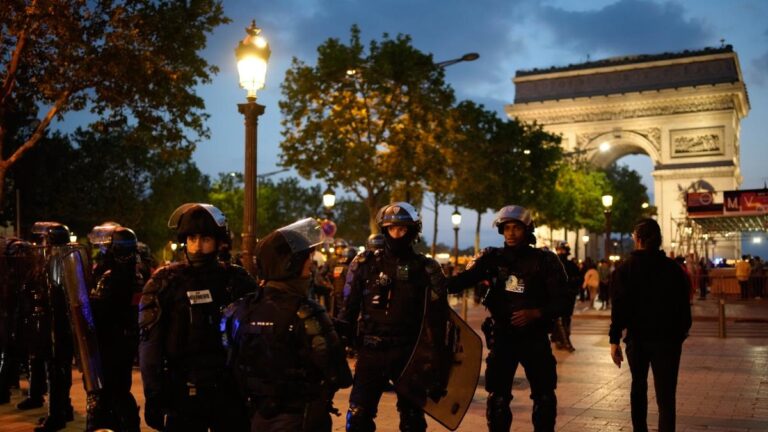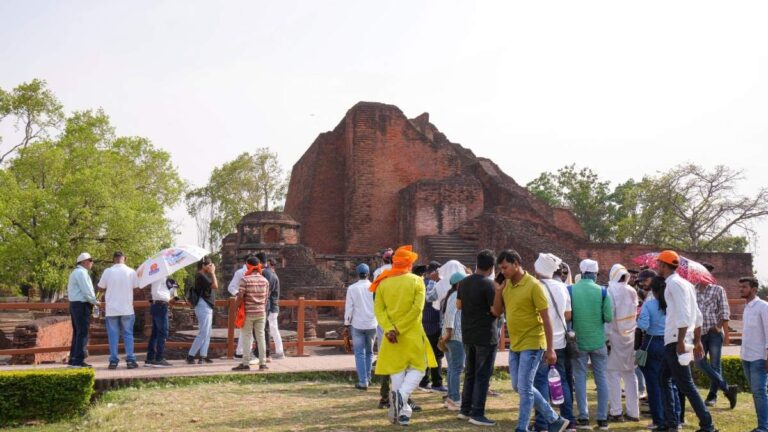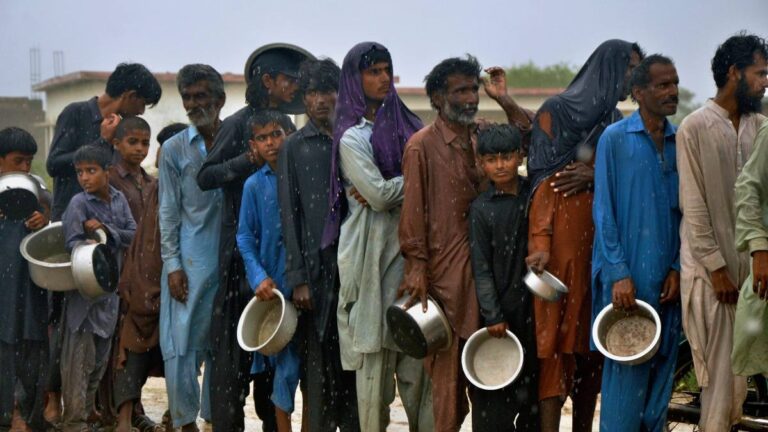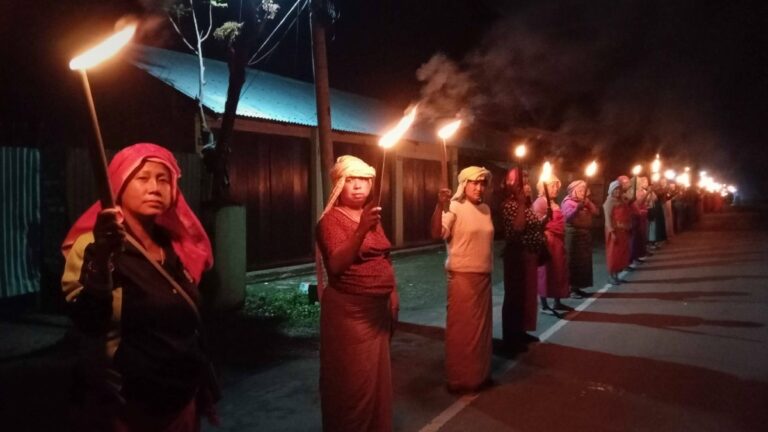It’s been 59 days since violence erupted in Manipur (on 3 May), and blood continues to flow in the troubled state. Even worse, there is little prospect that Manipur will experience lasting peace anytime soon. For the time being, the Northeastern state appears doomed to suffer.
There are numerous and intricate causes behind this. The most important among them are:
The divide between Meitei and Kuki has become too wide
A significant, and possibly permanent, rift has developed between the two communities as a result of the never-ending rounds of violence committed by militants, militias, and miscreants from both populations. Meiteis and Kukis have developed a strong enmity as a result of the assaults, cruel killings, destruction of homes and places of worship, and other acts of violence.
There seems to be little chance of reconciliation. For reconciliation to take place any time soon, too much blood has been shed, too much suffering has been inflicted upon one another by the two communities, and too many hateful comments have been shouted against one another.
Deep polarisation Pervades All Meiteis And Kukis Sectors
The division between Meiteis and Kukis has spread over every aspect of the two communities and has grown to be quite entrenched. The “hate bug” has also infected members of civil society, intellectuals, academics, and well-known figures from the two communities. Typically, civil society, academia, and intellectuals play a significant role in promoting reconciliation in ethnic or communal disputes.
In fact, through a process of reconciliation, various segments of society play a critical role in bringing about peace and harmony. However, there are few, if any, who can intercede and bring the warring parties together because all aspects of Meitei and Kuki societies are so diametrically opposed to one another. Sadly, the few sensible voices in the two communities have been silenced, pushed to the margins, or rendered irrelevant.
Arms are Easily Accessible
While the Kuki militants have guns, including Chinese-made rifles and ammunition smuggled in from Chin rebel groups in Myanmar, a number of Kukis also have licenced and unlicenced (country-made) weapons. Meitei militants now possess sophisticated weapons that they stole from the arsenals of the state police.
Nearly 4,000 rifles (INSAS, AK-47s, and M16; the AK and M16 rifles were those confiscated from or surrendered by various militant groups and kept at police armouries), lakhs of rounds of ammunition, and hundreds of explosive devices were stolen from police armouries, according to Army and Assam Rifles sources. Meitei militias frequently employ these explosives and weaponry against Kukis. Security forces’ attempts to take their guns have not been very successful.
Many claim that the cops did nothing more than let Meitei mobs in through the armies’ doors. The fact that no police officers or personnel have been disciplined for permitting this unprecedented weapon looting is significant.
Lack of Trust in Police and State Institutions
People have a negative impression of the Manipur Police as being unruly and biassed (in favour of Meiteis and against Kukis). Both the police and the state government are despised by the Kukis. The Kukis still feel betrayed by the expulsion of high-ranking Kuki police officials, especially the expelled Kuki former police head P Doungel.
Kuldiep Singh, a former CRPF chief, was chosen by the union government to serve as the Manipur government’s security advisor not long after violence broke out in the state. In essence, Singh was given control over the whole police force.
Additionally, Ashutosh Kumar Sinha, a second director general of police (intelligence), was appointed the overall operational commander of the force, replacing DGP P Doungel.
Rajiv Singh, an IPS officer from the Tripura Cadre who was the IG of the Border Security Force (BSF), was appointed the Manipur DGP earlier this month in place of Doungel, who was transferred to the unrelated position of officer on special duty (OSD) to the home department.
The Manipur Police’s upper echelons were discouraged by these reforms. And after another retired IPS officer (Kuldiep Singh) was given control of the state security apparatus, the appointment of an IPS officer from outside the state as the DGP stoked discontent not just among the top brass of the Manipur police but also among the general public. Because of what they claim is the state apparatus’ failure to defend them against Kuki attacks, the Meiteis have also lost faith in the state government led by Chief Minister N Biren Singh.
Furthermore, the Meiteis claim that the security agencies, particularly the Assam Rifles, support the Kukis. Although unfounded and regrettable, this charge has complicated the situation and negatively impacted the security forces’ ability to perform their jobs.
Inability Of Federal Security Forces To Operate Freely
The military Forces (Special Powers) Act (AFSPA), which provided the military forces with a cloak to conduct counterinsurgency operations with effectiveness, was lifted from the Imphal Valley a year ago.
The Army and the Assam Rifles have not been able to fully engage Meitei militias, who have been attacking Kukis in the outskirts of Imphal Valley, without this protective cover. Without AFSPA’s protective cover, the Army is forced to exercise care and is essentially operating with one hand tied behind its back.
Additionally, the Army, Assam Rifles, and Central Armed Police Forces (CAPFs) are made ineffectual since they must work in “close cooperation” with the Manipur Police in order to conduct operations to apprehend miscreants, criminals, and militias in the Imphal Valley. As previously indicated, the Manipur Police is frequently accused of favouring Meiteis and will therefore oppose disarming and neutralising all Meitei miscreants and militias.
Powerful Vested Interests are opposed to Peace and Reconciliation
Peace to return and a reconciliation with Meiteis are opposed by prominent Kuki vested interests, including Kuki drug lords and a significant portion of the political and civil society establishment. These vested interests want to keep things heated up until the Meitei-Kuki rift is irreconcilable and complete. That will support the argument that Kukis and Meiteis cannot coexist under a single administrative system and that a separate state for Kukis is therefore unavoidably required.
The establishment of a Kuki state is in the best interests of the Kuki drug lords, some Kuki politicians and prominent groups, as well as some segments of the Kuki civil society. Additionally, influential groups and individuals in nearby Mizoram are supporting the proposal (for a separate Kuki state).
The ‘mission’ of ‘punishing’ the Kukis and driving them from the entire Imphal Valley (including its peripheries) as well as many places in the surrounding hills is not yet finished, according to some powerful Meitei organisations, hence peace cannot return until it is.
These Meitei associations aim to rid the hills surrounding Imphal Valley of Kukis in several Kuki-populated locations. In addition to attempting to repel the Meitei assault, Kuki vigilante organisations and members of Kuki militant groups are also launching counterattacks against Meitei communities. Armed Meitei miscreants and militias, like the Arambai Tenggol and the Meitei Leepun, are attacking Kukis with this goal in mind.
The ethnic conflict is becoming worse as a result.
Opposition Parties Casting a Line in the Dark
A few opposition parties are casting their lines amid choppy waters. The BJP governments in the state and at the federal level are being attacked by these parties, and they want to keep things heated. According to rumours, a small group of influential leaders are encouraging the Kukis and Meiteis to continue going on the attack against one another.
Meitei groups have reportedly attacked the homes of BJP MLAs and Ministers, including Rajkumar Ranjan Singh, the Union Minister of State for External Affairs, as a result of some opposition leaders’ provocations. All of these complex variables contribute to the continued absence of peace in Manipur. It will take time and effort to resolve these problems, which calls for statesmanship, foresight, and composure. Additionally, all parties must rise above their limited self-interests. But in Manipur at the moment, that is a difficult task.


































